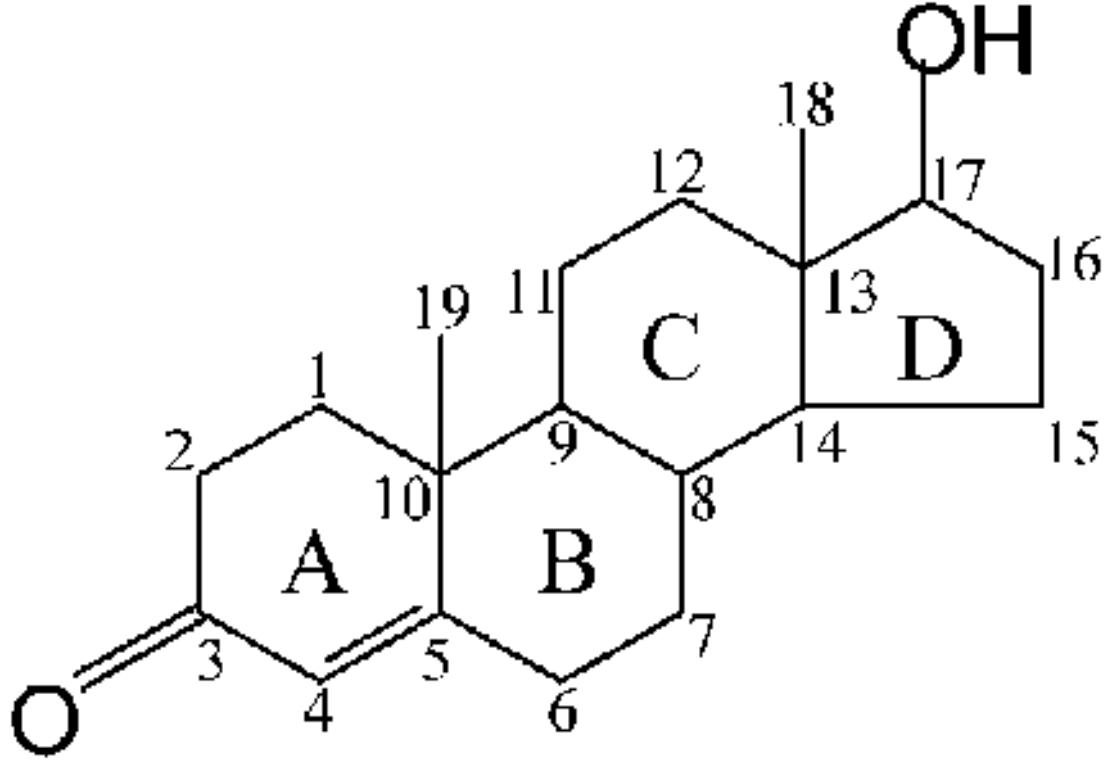Testosterone is a naturally occurring male sex hormone in the human body. It produce mainly in the testicles of men and in small amounts in the ovaries and adrenal glands of women. Testosterone is a steroid compound with a typical sterane core structure consisting of three carbon five-membered rings and one carbon four-membered ring. It has the formula C19H28O2 and belongs to the androstane family, specifically the 17-β-hydroxy-androstane-3-1 family.
The main chemical characteristics of testosterone
- Two hydroxyl groups in the C-19 position. Through these two hydroxyl groups, testosterone can bind to testosterone receptors and exert biological activity.
- A hydroxyl group at the C-17 position. By migrating the hydroxyl group, it generate the effect of estrogen.
- Seven carbon-carbon double bonds. These carbon-carbon double bonds give the molecule a planar structure that facilitates binding to testosterone receptors.

The structure of testosterone determines its biological function
- After binding to testosterone receptors, it activates related signal transduction pathways, promotes muscle protein synthesis, increases muscle size and strength, helps maintain bone density and prevent osteoporosis. Al mismo tiempo, it regulates secondary sexual characteristics, such as stimulating sperm production, affecting sexual desire and sexual function.
- The hydroxyl group of C-17 is easily reduced to a keto group, producing dihydrotestosterone (Dht), which has a higher affinity and can more effectively promote the development of secondary sexual characteristics and maintain sexual function.
- Testosterone can be converted into estrogen through the displacement reaction and the removal of hydroxyl groups, which has the role of regulating secondary sex characteristics and promoting bone health.
- Testosterone has a typical sterol structure, which is conducive to its passage through biofilms. And can bind SHBG and other binding proteins, convenient transport in the blood, play a role in various parts of the body.
- Variations in the structure of testosterone can produce different derivatives or analogues with different biological effects and pharmacokinetic properties, playing a huge medical role.
En resumen, the chemical structure of testosterona determines its multiple biological effects. From the chemical structure, we can know what role it may have. Through the study of its chemical structure, biologists can find and synthesize a variety of testosterone derivatives, which play different roles in different fields and provide new treatments for health and disease.
